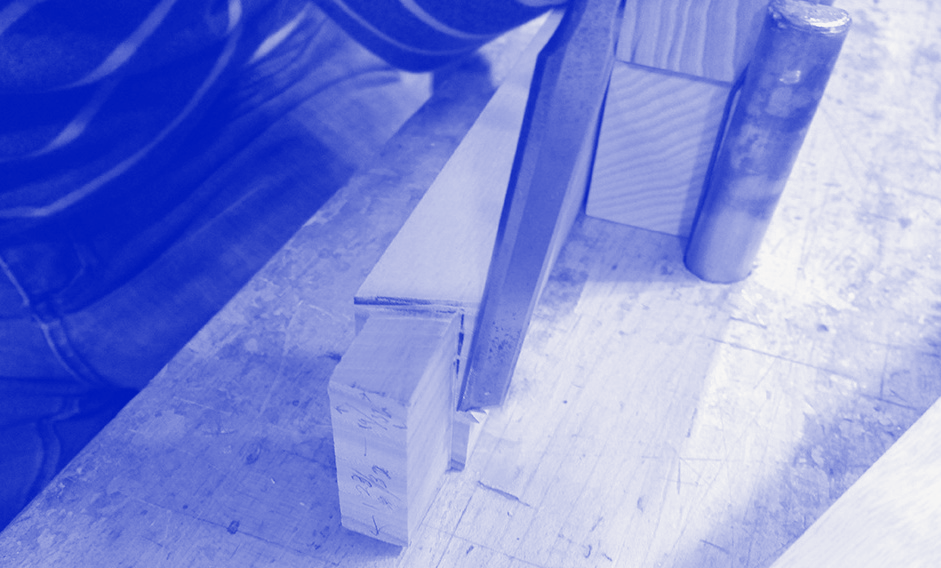on
Craftsmanship in Experience Design

I worked as a bicycle mechanic for years. I studied engineering. I’ve built, in one way or another, much of the furniture in my apartment. I am familiar with using tools to produce physical items. I consider myself a craftsman in many regards and I understand craftsmanship in the context of physical production.
My struggle is translating those principles of craftsmanship to the less tangible world of user experience design.
I consider craftsmanship the effort to make a thing as nice as it can be. In the UX world, there’s no clear material sets to choose from, there’s no joints to square, so there’s nothing tangible to qualify craftsmanship. However, there are items that can be seen like wireframes and sitemaps and user flows. We can certainly look at those artifacts and discuss their craftsmanship, but making a sitemap pixel perfect doesn’t correlate to a perfect user experience.
There is also some subjectivity to qualifying craftsmanship. While the “thing” should be as nice as it can be; who defines what “nice” is? The craftsman! They are not necessarily trying to create an artifact as close to its platonic equivalent as possible, but rather to create something that best represents what they envision. If that means joints aren’t square and there are blemishes, then so be it. This is best embodied in the resurgence of interest in handmade and locally produced goods.
What this subjectiveness means is that it is even more difficult to qualify good craftsmanship in the user experience context.
This definition of craftsmanship being able to create exactly to the vision can be extended to correlate to someone having great skill. If we make the assumption that UX can also be practiced with great skill, this definition should be applicable. The question then becomes, how do we qualify the skills of craftsmanship that map across practices; such that if we see them done well, we can attribute a high degree of craftsmanship to them?
A few skills include:
-
Appropriateness — One’s ability to apply the best interaction or framework for the situation when designing. This has a cultural element to it that means it can’t be objectively qualified, but provides a valuable lens for qualifying craftsmanship.
-
Precision — Specifically, in terms of implementation of a certain type of experience, e.g., interface interaction type, messaging, etc. Therefore, delivering the right experience at the right moment. In context, this could be seen as “right-sizing” or something having “perfect timing.” It just depends on the artifact.
-
Consistency — Reliably delivering against predefined expectations. The digital experience we create should be both a world in and of itself, but also a citizen of the larger digital world in which it lives. We should recognize that just as our analog world delivers consistency in terms of gravity, and the phases of matter, our digital experience should as well. Tactically, this means, buttons that look the same should work the same, the timing of alerts should be based on the same triggers, etc.
I don’t hold any illusion to thinking that this list of three items is somehow comprehensive. If you have any thoughts or suggestions on how this could be expanded upon (or how my assumptions are fatally flawed), please let me know on Twitter @_dominicp.